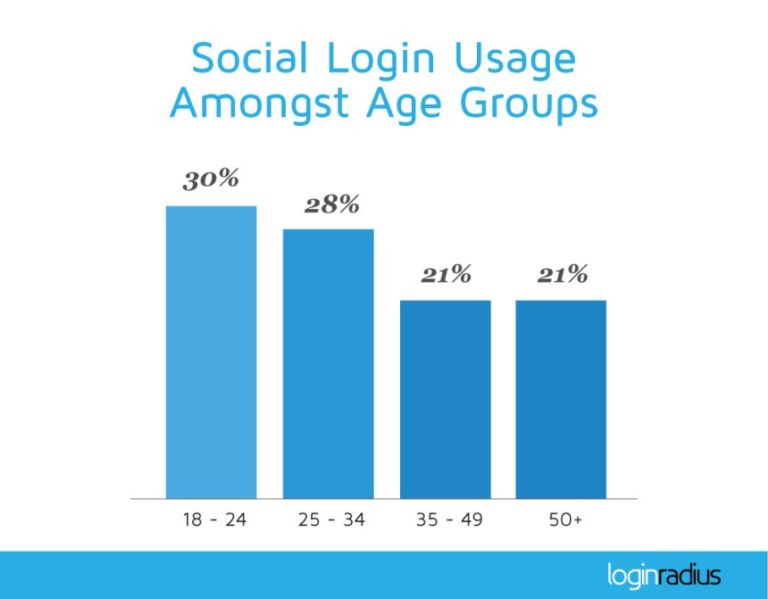Happy Monday! Sit back and enjoy your fresh brew while we round up the “most clicked” and “most shared” 50+ marketing content from the past week.
Most Clicked: Scientific Proof that Happiness is for the Aging
Carolyn Gregoire of The Huffington Post gives us a snapshot on how life is better as you age. Gregoire expands on this scientific proof by acknowledging our culture tends to correlate youth with happiness which, she says, “couldn’t be farther from the truth.”
According to research and the author: “80 percent of life’s defining moments occur by the age of 35 – suggesting that there may not be much to look forward to in the second half of life.” College years, getting married and having children are pivotal moments in our lives and most of us experience this before 35.
How is it possible our happiness peaks after these landmarks? Gregoire breaks it down to six reasons (and provides links to the science/studies that back them up):
- 69 is when you will feel happiest
- Life is a U-curve, not a downhill spiral (“After roughly the age of 50 — when happiness slumps — the closer we get to old age, the happier we become”)
- Happiness and youth don’t equal one another
- We have greater appreciation for the small things as we age
- Already having accomplished major goals tends to bring us happiness
- We are more accepting of ourselves and our circumstances as we age
(One of our teammates shared these family photos of her 80+ mother proving age and happiness can go together.)
Still unsure? Gregoire also referenced a study published in the Journal of Consumer Research, which states younger people focus on the pivotal moments like traveling and falling in love, while older adults focus on everyday pleasures.
50+ Marketing Tip: Do your advertising and collaterals communicate happiness? Show how your product or service can be one of the “small things” an older adult will appreciate? Tapping into the joy of life can help you make an emotional connection with your target, and that will help your message break through the clutter.
You can read the whole article here: http://huff.to/2o1IKik.
Most Shared: Websites and Social Sign On
Last night, I made lasagna. I am not one to know every ingredient and time it takes to cook this delicious Italian dish. While perusing the grocery aisle I have to quickly decide what type of tomato sauce to use, should I go with marinara or the classic meat sauce?
So, I get on Pinterest to start researching and am faced with a new dilemma: should I use my Facebook account to sign on, or log in with my email address and my Pinterest password (if I can remember it)?
According to Andrea Warner from Disruptive Advertising, social sign-on usage can be broken down by generational trends, the device and your prospect’s gender. “Social sign-on” means using your Facebook or Google+ account to sign into other websites.
Between 28% and 30% of Millennials use social sign-on, while 21% of older generations do so. Since 2013, this rate increased for older generations — 35-49 year olds (mostly Gen X) using social sign-on went from 19% to 21%; 50+ers (mostly Baby Boomers) went from 11% to 21%. The rate decreased for Millennials, down 5 points from a range of 33-38% in 2013.

Source: LogIn Radius
Warner gives marketers five tips for using social sign-on for websites:
- A/B tests are your friend; focus on generation or device
- Consider your target market when selecting the social sign-on platform — if it’s an eCommerce site, Amazon or PayPal sign-on might be more trusted
- Include security information to make your prospect feel secure
- Provide both social sign-on and email log-in to give options
- Give users the choice NOT to share their personal connections with your company via the social link
50+ Marketing Tip: On point number two, Creating Results’ Social, Silver Surfers research shows that Facebook is the #1 social platform used by Baby Boomers and seniors. This indicates that a Facebook social sign-on option might be the most trusted and most convenient for older targets.

To read the full article on how to best benefit from social sign-on, read here: http://bit.ly/2mIsfYa.





